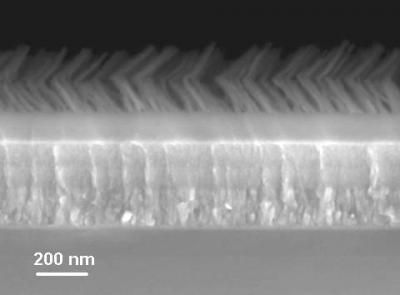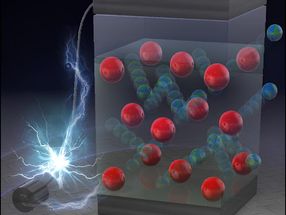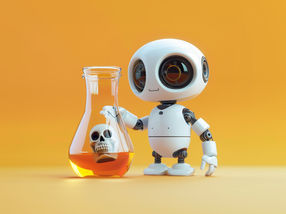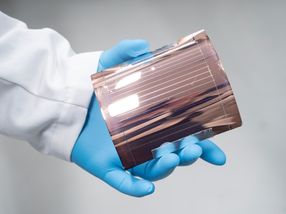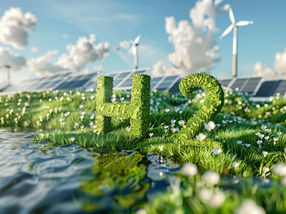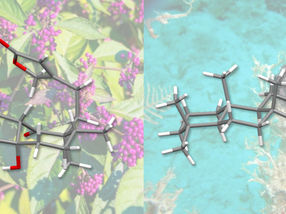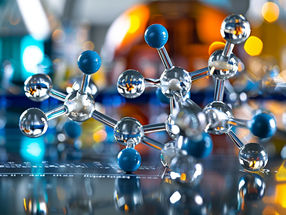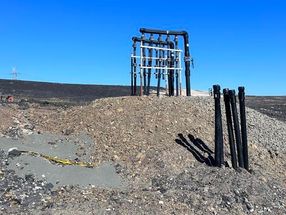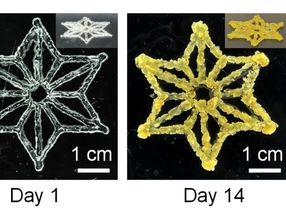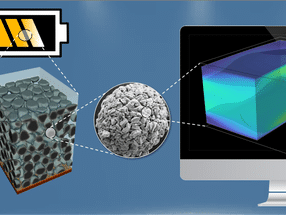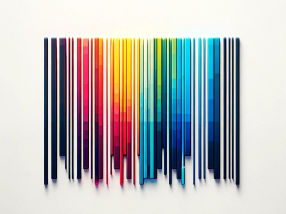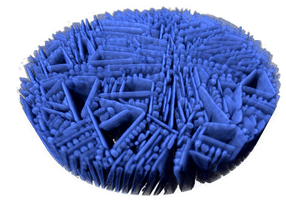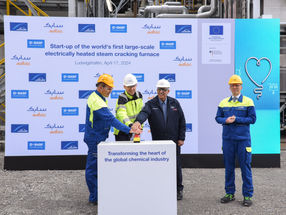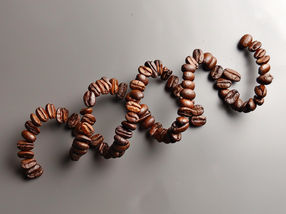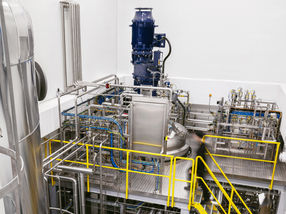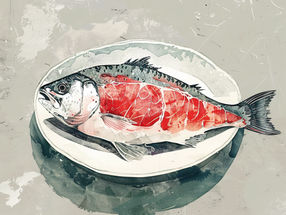Blue light specials
New materials boost efficiency of blue OLEDs by 25 percent
Lighting consumes one-fifth of the electricity generated in the United States. Solid-state lighting offers tremendous potential to improve the situation - once major research challenges are overcome.
The most promising technology is the organic light-emitting diode, or OLED. These multi-layered devices produce light by running an electrical current through a specially engineered host material into which light-producing phosphorescent molecules are embedded or "doped." The white light envisioned for large-scale applications, such as rooms and buildings, consists of red, green and blue light.
"The weakest link in OLED research is the absence of an efficient, long-lasting blue light to accompany the red and green," said Pacific Northwest National Laboratory scientist Asanga Padmaperuma. Development of better host materials to manage the flow of electricity through the device could help solve that problem.
Padmaperuma and his collegues have designed, synthesized and tested new materials that improve the power efficiency of blue OLEDs by at least 25 percent.
Most read news
Other news from the department science

Get the chemical industry in your inbox
From now on, don't miss a thing: Our newsletter for the chemical industry, analytics, lab technology and process engineering brings you up to date every Tuesday and Thursday. The latest industry news, product highlights and innovations - compact and easy to understand in your inbox. Researched by us so you don't have to.
